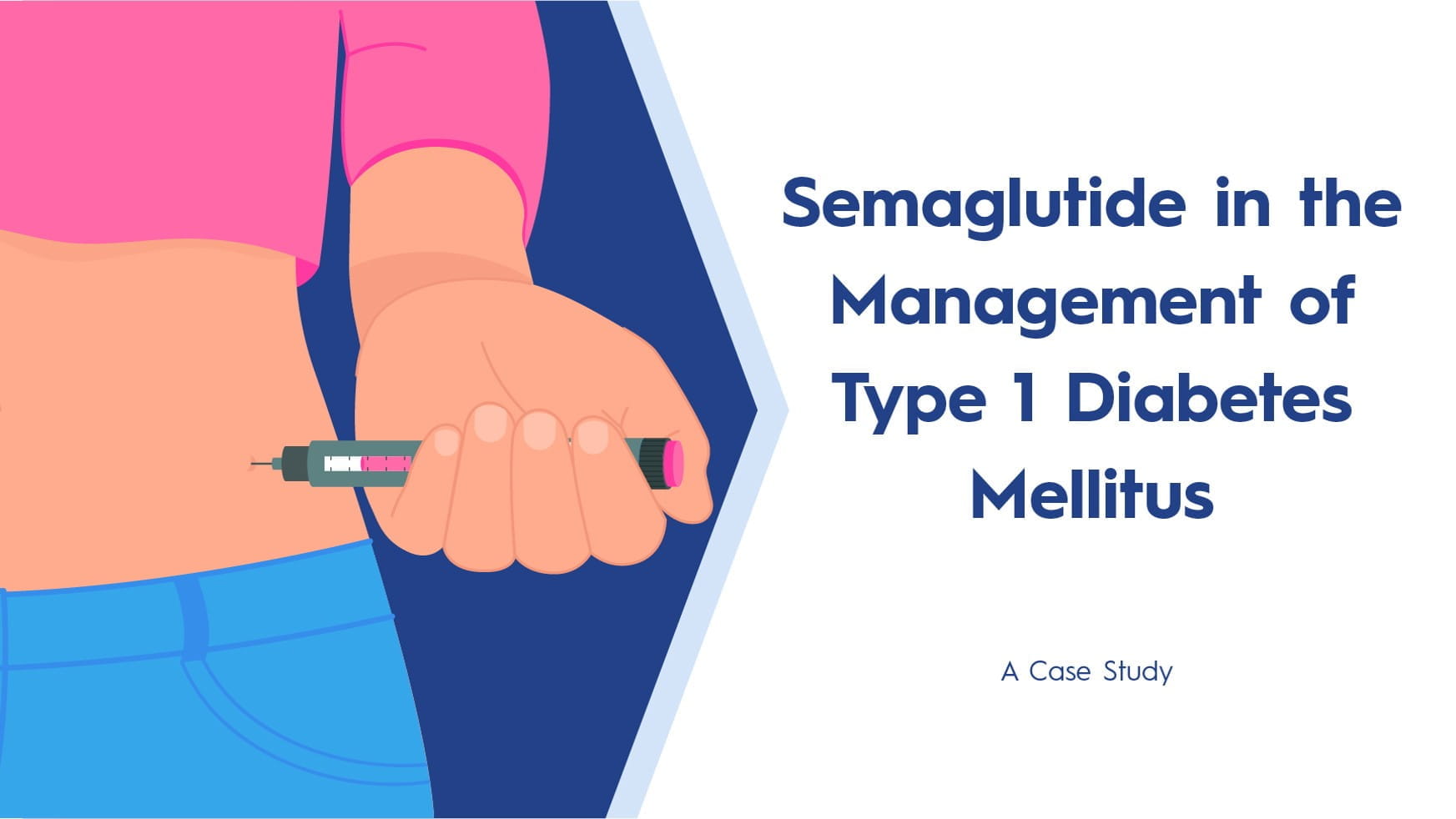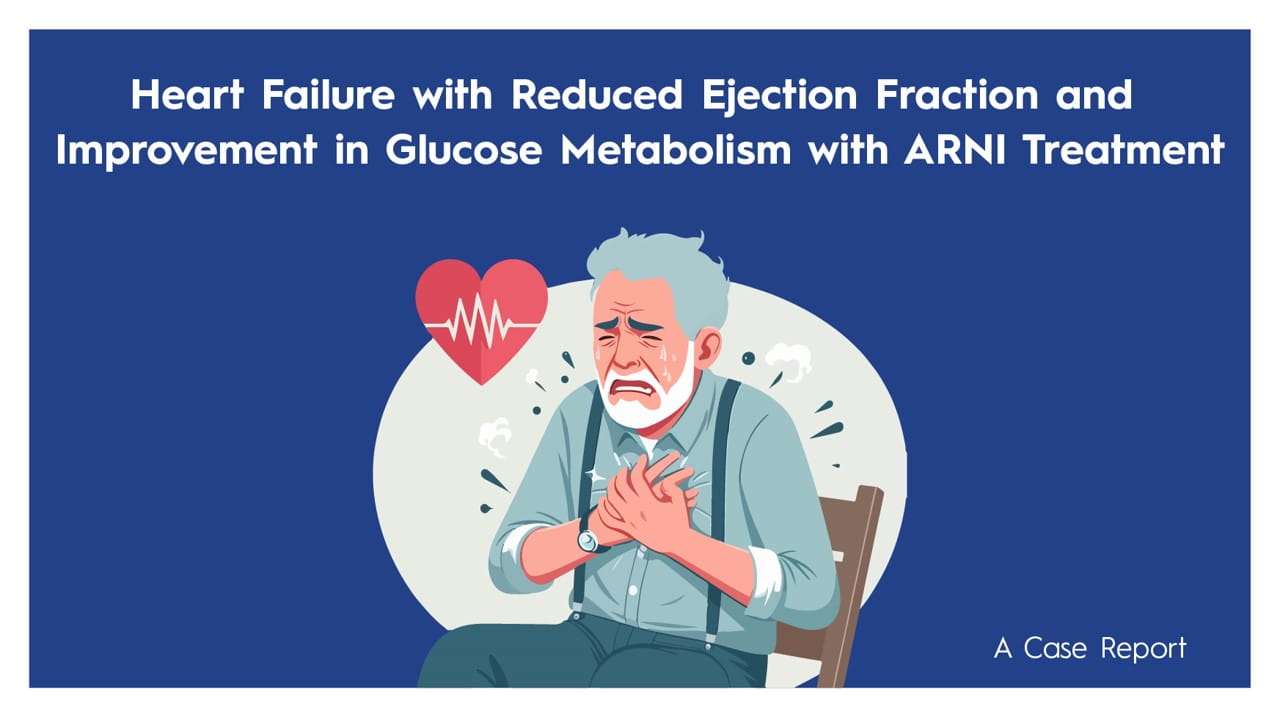Conference Highlights
ADA 2025: 1396-P - The Association of Age of Onset of Type 2 Diabetes and Diabetes Severity
Introduction:
Younger-onset T2D is linked to poorer long-term outcomes, but previous studies lacked precise age-of-onset data. Using the Diabetes Prevention Program (DPP) cohort with known T2D onset age, this study evaluated associations between age at diagnosis, disease progression (glycaemic control), and changes in cardiometabolic biomarkers.
Methods:
- Population: 701 participants diagnosed with T2D during DPP, followed into DPP Outcomes Study (mean follow-up 7.9 years)
- Data collected: At diagnosis and last visit – FPG, HbA1c, TG, HDL, LDL, BMI, SBP, DBP, eGFR
- Analysis: Linear regression and mixed effects models to assess biomarker changes by age of onset
Results:
- Demographics: Mean age at diagnosis 53.1 years; 34.8% male
- Younger-onset T2D (<55–60 years):
- Higher FPG, BMI, DBP
- Lower HDL at diagnosis and end of follow-up
- Smaller reductions in SBP, DBP, LDL, TG during follow-up
- Increase in FPG and HbA1c over time
- Older-onset T2D (>55–60 years):
- Higher SBP and lower eGFR at both timepoints
- Slight decreases in FPG and HbA1c over follow-up
- Medication patterns at follow-up end:
- Younger-onset more likely on glucose-lowering drugs
- Less likely on BP and lipid-lowering drugs
Conclusion:
Younger-onset T2D was associated with worse glycaemic control, adverse lipid profiles, and higher DBP, but better SBP and eGFR compared to older-onset T2D. These differences may contribute to age-related variation in complication risks, highlighting the need for age-tailored management strategies.
ADA 2025, 20-23 June, Chicago
Latest News
30 Jul, 25
30 Jul, 25
Other Conference Highlights
29 Jun - 2 Jul, 25
ESHRE 2025
Paris, France
29 Jun - 2 Jul, 25
ESHRE 2025
Paris, France
29 Jun - 2 Jul, 25
ESHRE 2025
Paris, France
29 Jun - 2 Jul, 25
ESHRE 2025
Paris, France




